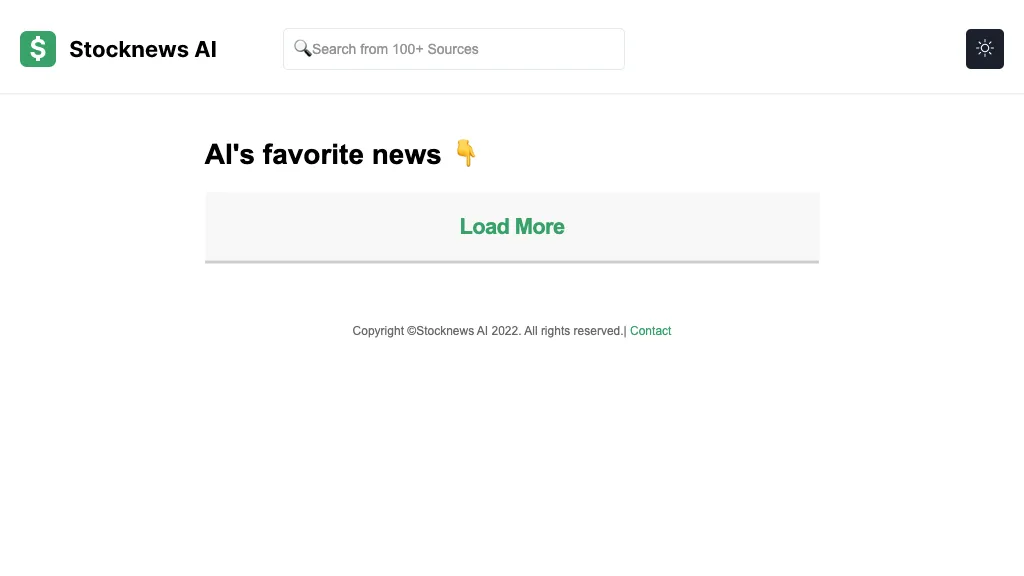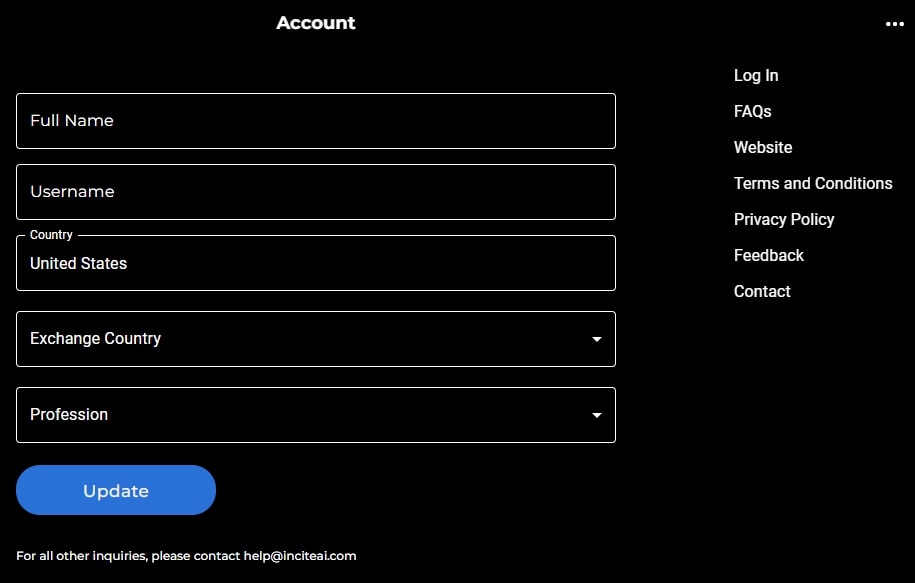Top 10 Tips On Assessing The Integration And Compatibility Of Ai Predictive/Analyzing Trading Platforms
AI platforms for trading stocks that forecast and analyze stocks using AI require compatibility with one another. A platform that seamlessly integrates into your existing tools and workflows will increase efficiency and productivity. Here are 10 top ways to evaluate the compatibility and integration between these platforms.
1. Check Brokerage Integration
Integration of the platform with your preferred broker or trading accounts: Ensure whether the platform integrates with the broker you choose or account.
Trade execution: Find out whether your platform permits the execution of trades directly through an integrated broker.
Account synchronization: Check whether the platform is able to sync account balances, positions, and transaction history in real time.
2. Check the API’s availability
API access – Check that the platform comes with an API that allows developers to create customized tools or automate work processes.
API documentation: Ensure the API is properly documented, with examples and use-cases.
Rate limits: Make sure that your API has reasonable rates limits that are able to handle the amount of usage you expect.
3. Integration of Third-Party Tools
Popular tools Look to see whether there is any integrations between the platform as well as tools such as Google Sheets, Excel, or trading robots.
Data export/import. Make sure that your platform can import or export data from or into any other software.
Extensions/Plugins: Check if the platform is compatible with plugins or extensions for additional capabilities.
4. Test Compatibility Operating Systems
Desktop compatibility: Make sure the system you select can be used with Windows, macOS and Linux.
Mobile compatibility: Check whether there’s a mobile app for iOS or Android.
Web-based Access: Check if you are able to access the platform using an internet browser to improve flexibility.
5. Assess Data Integration Capabilities
Data sources: Ensure the platform integrates with various data sources (e.g., market data providers, news feeds, social media sentiment).
Real-time data streams: Ensure that the platform has the ability to incorporate real-time data streams for the most current analysis.
Historical data import: Determine whether the platform supports the import of historical data to analyze or backtest.
6. Testing of cloud and on-premise compatibility
Cloud-based platforms: Make sure the platform is available from any location that has an internet connection.
On-premises deployment: Make sure you know your platform allows deployment on premises.
Take a look at the hybrid model. It is a hybrid model that combines on-premise and cloud capabilities.
7. Check for Cross Platform Syncronization
Device synchronization. Check that the platform is synchronized to transfer settings and data across the devices (desktops/laptops/mobiles/tablets).
Real-time updates: Make sure that your changes made to one device immediately show up on the other devices.
Find out whether it permits access to data or functions offline.
8. Check for compatibility between trading strategies.
Strategies for trading that are automated or algorithmic ought to be backed by the platform.
Custom indicators: Verify if the platform allows the use of custom technical indicators or scripts.
Strategy backtesting. Check whether the platform supports strategies that are tested back using the past data.
9. Assess Security and Compliance
Data encryption: Ensure that the platform is using encryption for data in transit and at rest.
Authentication Check to determine if your platform is compatible with an authentication method that is secure (e.g. 2-factor authentication).
Regulative compliance – Determine if the platform complies applicable laws, e.g. GDPR. FINRA. SEC.
10. Test Scalability and Performance
Scalability: Ensure that the platform can handle increasing amounts of data and users as your requirements increase.
Performance during load: Check whether the platform responds to high volatility markets.
Utilization of resources: Make sure that the platform is using system resources effectively (CPUs memory, CPUs, bandwidth).
Bonus Tips:
User feedback: Review user testimonials and reviews to determine the platform’s capability to integrate.
Free Trial: Test the integration of the platform into existing workflows and tools by using trial or demo.
Customer Support: The platform must provide a solid support service in the event of integration problems.
Following these tips can help you evaluate the compatibility and seamless integration of AI trading platforms that predict/analyze stock prices. They will also enhance your trading performance. Check out the top ai for investing recommendations for site advice including investment ai, ai trade, trading ai, incite, ai trading tools, chart ai trading assistant, ai investing, ai for investing, ai for investing, best AI stock and more.
Top 10 Tips When Assessing The Ai Trading Platforms’ Educational Resources
For users to be capable of successfully using AI-driven stock predictions and trading platforms, comprehend results, and make well-informed trading decisions, it is essential to assess the educational resource that is provided. Here are ten top suggestions for assessing the value and quality of these tools.
1. Complete Tutorials and Guides
Tips – See if the platform provides steps-by-step instructions and tutorials that are suitable for beginners as well as advanced users.
What’s the reason? Clear directions are helpful for users to use the platform.
2. Webinars & Video Demos
Find video demonstrations as well as webinars, live training sessions.
Why? Visual and interactive content helps complex concepts become easier for you to understand.
3. Glossary
Tip. Make sure your platform includes a glossary which defines key AIas well as financial terms.
Why: This helps users, particularly beginners learn about the terms that is used within the platform.
4. Case Studies: Real-World Examples
TIP: Determine whether the platform has instances of how the AI models were applied in real-world situations.
Why: The platform’s applications and effectiveness is demonstrated through practical examples.
5. Interactive Learning Tools
Tips: Look for interactive tools such as simulators, quizzes, or sandbox environments.
Why: Interactive Tools permit users to test their skills, practice and improve without risking real money.
6. Regularly updated content
Check if the educational materials are updated regularly to reflect changes in the market or in regulations or new features, and/or updates.
Why: Outdated data can lead to misinterpretations or incorrect application of the platform.
7. Community Forums Help, Support and Assistance
Find active communities forums or support groups that allow members to share their thoughts and ideas.
Why: Expert advice and peer recommendations can aid students in learning and resolve problems.
8. Programs of Accreditation or Certification
See if there are any certification programs or accredited training courses that are offered by the platform.
The reason recognition of formal education increases credibility and inspire users to further their knowledge.
9. Accessibility and user-friendliness
Tip: Assess how accessible and user-friendly the educational resources are.
The reason: Accessibility allows users to learn according to their own pace.
10. Feedback Mechanisms for Educational Content
Tip – Check if you can provide feedback to the platform regarding the educational materials.
Why: User feedback improves the quality and relevancy.
Bonus Tip: Learn in a variety of formats
Check that the platform has a variety of learning formats (e.g. text, video, audio) to cater to different learning styles.
If you take a thorough look at these factors and evaluating them, you will be able to decide if the AI stock prediction and trading platform provides robust educational resources to help you realize the potential of it and make educated trading decisions. Read the most popular best AI stock prediction for site examples including can ai predict stock market, ai for trading stocks, investing with ai, ai investment tools, best AI stocks, AI stock prediction, AI stock price prediction, AI stock price prediction, AI stock price prediction, free AI stock picker and more.
Posted inBlog